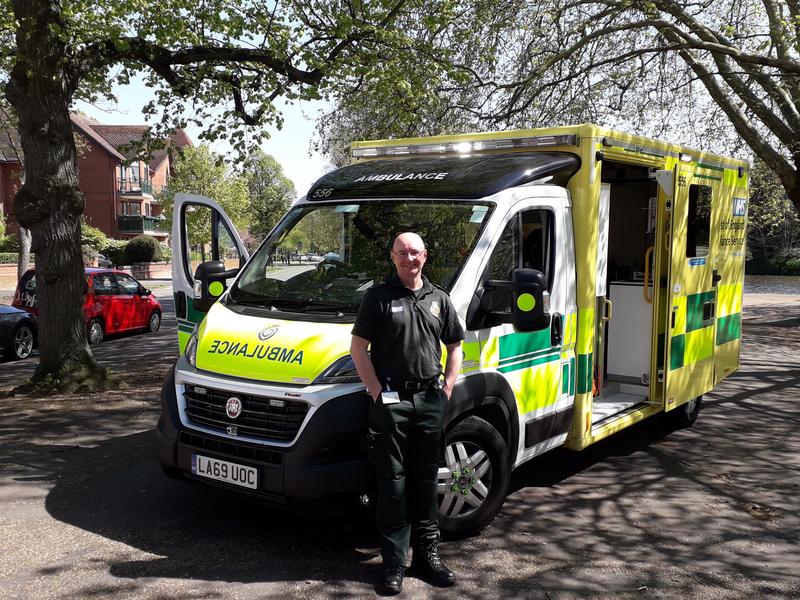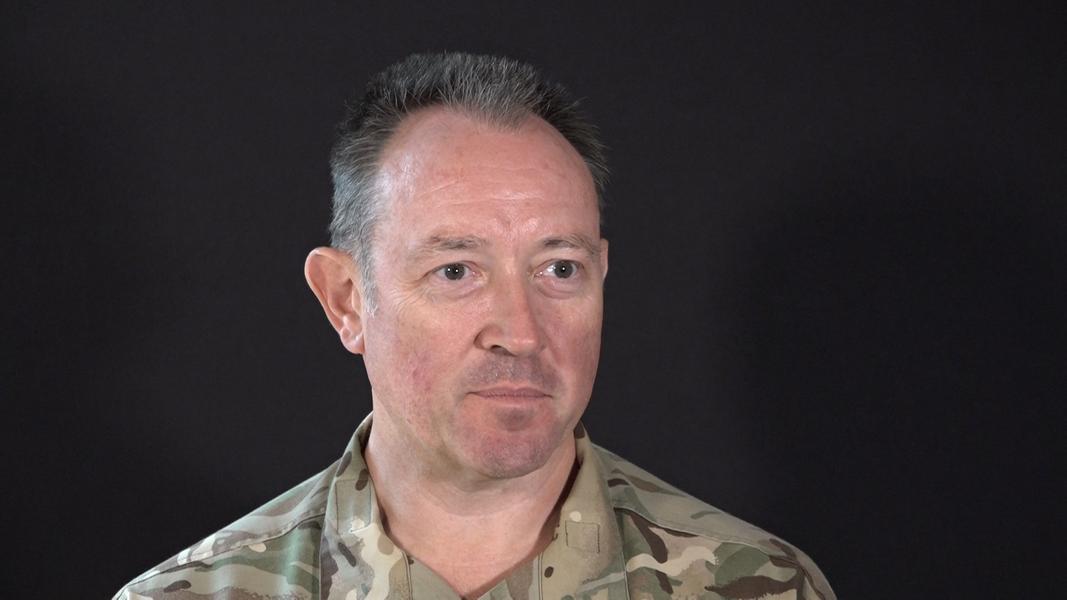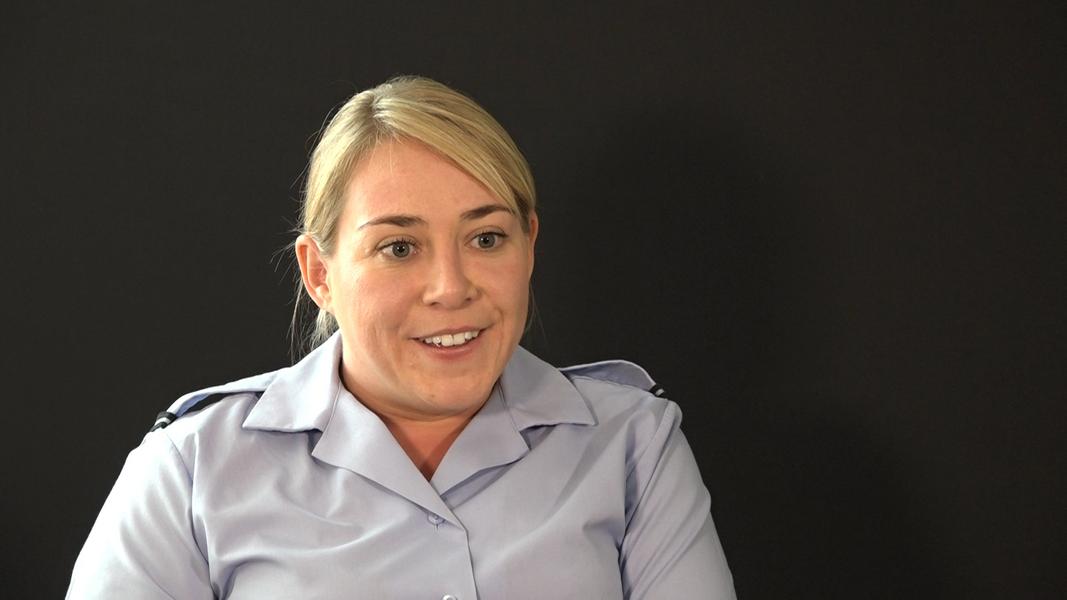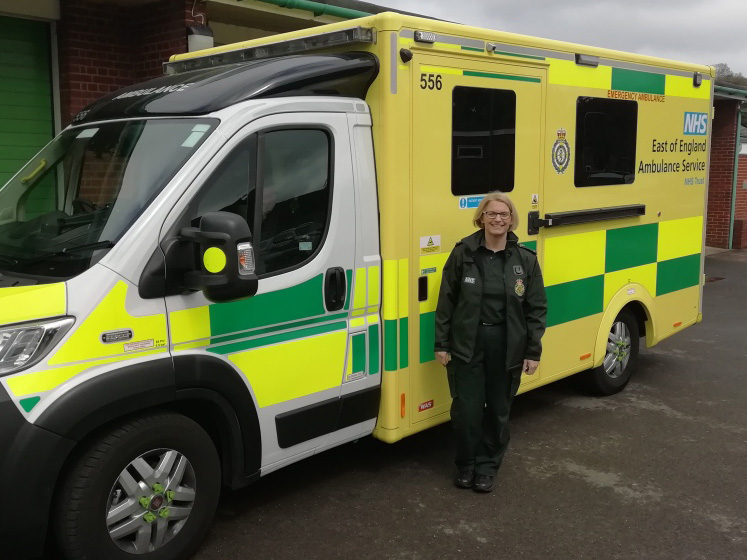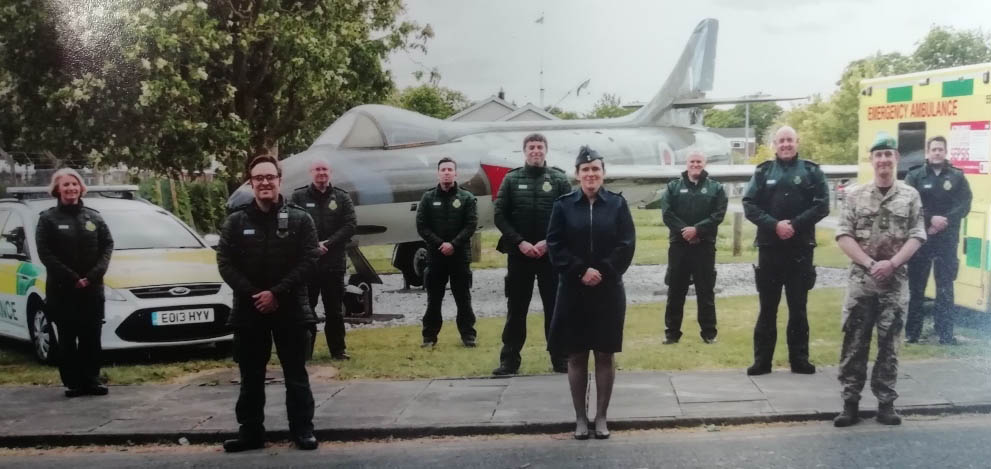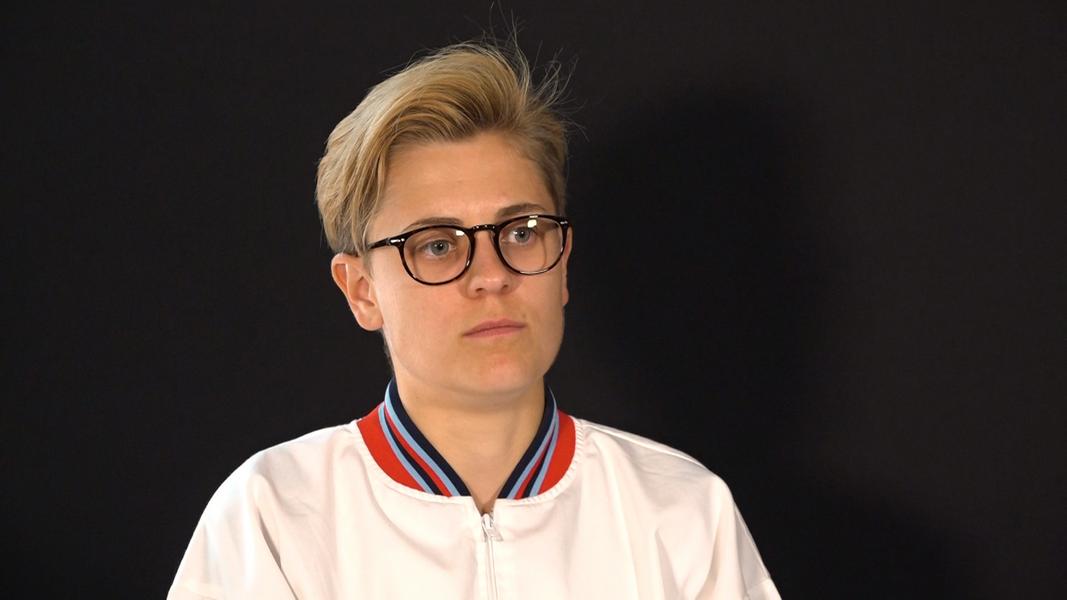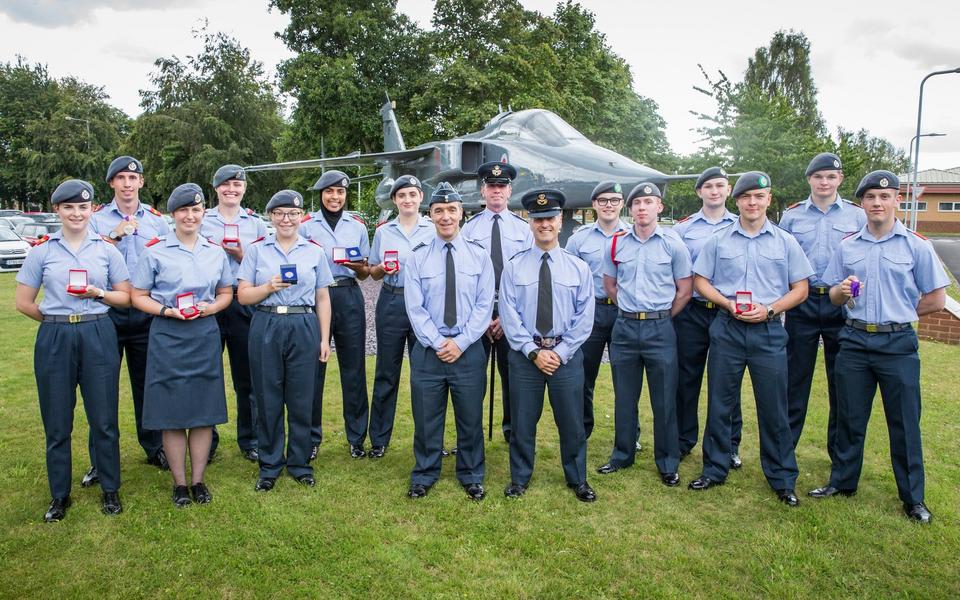to an asthmatic or a breathing difficulty,
we'd arrive all the equipment,
we wouldn't have a face mask on.
We'd always have gloves, we do gloves anyway.
But it wasn't a requirement to have a face mask.
Obviously as COVID came out what they had,
it's called a aerosol generating procedure, an AGP,
so when you're doing chest compressions
there's obviously air coming out.
So now the new dynamic was the potential for COVID,
which is spread in droplets.
So the change was every call we went to
we'd have gloves, we'd have a gown, a plastic gown,
and we'd have a face mask on.
One of the biggest things
even just a basic one with a face mask,
is you're distancing yourself
a little bit from the patient.
Because half the communication is body language,
and there's also facial.
It was difficult for people who
maybe English wasn't their first language,
or for people who were partially sighted or even deaf,
especially deaf people,
because they can't see your mouth, so they can't lipread.
So we used to carry little cue cards,
and certainly it was designed more for people
whose English isn't their first language,
and it's got a series of cartoons that you can point to.
But we found that that was useful,
or shouting a lot.
But it was difficult.
You could always step back a few meters,
and I've even done a patient assessment through a window
once I assessed it wasn't life critical,
and I could do it that way, because they were deaf,
and the only way they could communicate quickly
was to lipread.
So we adapted,
but that distancing was quite difficult to get used to,
but it was essential
for some of the patients we went to see.
